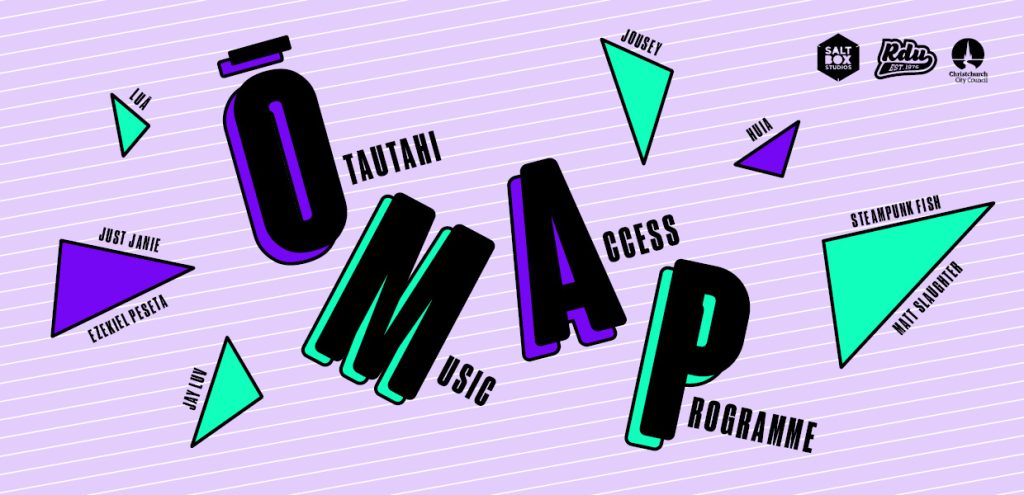HISTORY OF ‘U’ 1987
Written by Admin on 2 February 2015
1987
The year begins with a curious document titled “Topics for Radio U Members” detailing concerns and issues at the time in the station.
Brand – Radio UFM90.5 letter head seems to be in vogue at this time.
By application dated 5 December 1986 UCSA President Peter Fenton and Graeme Acton, Station Manager, Radio U FM, sought a licence for broadcast for 1987.
Proposed staff members for the 1987 station were:
- Michael Batchelor, Arts student, proposed station manager (technician ’85 to ’86 and production engineer ‘86)
- Andrew Glennie, proposed technical director (President Radio U Society 1980 to ’81, ’84, and technician ’78 to ’86)
- Linda Beatson, proposed advertising manager
- Glen McKinlay, science student, proposed programme director and announcer ’84 to ‘86
- Greg Churchill, proposed programme director (announcer ’84 to ’86)
- Virginia Grant, proposed production manager (production engineer ’86)
- Martin Putt, proposed news editor (news presenter 1986)
Hours and dates of transmission
Authorisation was sought for nine consecutive periods of 20 days each, and one period of 22 days (5,426 hours of broadcast).
The “purpose for which the proposed station would be used and grounds which justify the application: the proposed station would be used for three main functions:
- Coverage of student and University news and information
- Presentation of community information to students
- Provision of an alternative music station
“… The most important of the University events is enrolment. This is an extremely complex procedure for both staff and students. Mistakes or errors of judgement can have important and far reaching consequences. It is doubtful that enrolment could ever be completely publicised. A student radio station is ideally placed to provide up to the minute information and advice to students about enrolment.”
“For its part, the Students’ Association acts as a welfare organisation. It offers a wide range of services and events. Traditionally little interest is shown by too many students in the association that they belong to. Comparatively small numbers avail themselves of the opportunities afforded them to participate in policy making through student representative councils, referenda and elections.”
RDU was to promote the cultural and entertainment services, sporting clubs and provide information to students about what the Association and University offered.
“Further to this, it has become a well recognised fact that a student life at University does not end at the close of lectures for the day. By the nature of the occupation, students keep hours sometimes well into the night and early morning. Recognition of this fact is not only confined to the University, as the recent opening of 24 hour businesses in the immediate campus area has shown.”
This was the first year in which extension of the licence allowed for broadcast 24 hours a day during the weekend. “The proposed extension of broadcast through Saturday and Sunday mornings is in response to a number of factors; a recognition of the irregular hours kept by students (on and off campus), encouragement from the existing audience for an extended and more thorough service, and an increased level of organisation within the station staff structure. Existing and future members of the staff have indicated their interest and willingness to continue broadcast through the weekend.”
“Programmes during the early morning period would continue in much the same vein as day time hours. However, some focusing on more “alternative” music will be possible. Individual, specialist, and documentary type programmes will also be broadcast as well as a continued community/student information service.”
At 4.3 (of pink 34) “… It is hoped that the Station will keep students in touch with the wider community. To this end, the proposed Station would provide a daily “entertainment guide” detailing events of cultural interest throughout the Christchurch area. The guide would take the form of spoken announcements broadcast twice a day and updated on a daily basis.”
4.4: “The Tribunal previously recognised the validity of modern “alternative” music in paragraph 4.18 of its FM Report. Such music is deemed by the commercial stations to be financially non-viable and features very little in Radio New Zealand’s non-commercial service. Student Radio is ideally placed to be able to provide an outlet for such music. In addition, other forms of “Minority” music would be featured including jazz, reggae and blues. It is hoped that such a service would be able to cater for both the novice seeking exposure to more diverse forms of music and to the enthusiast seeking more substantial coverage of his or her favoured music style.”
The merits of the station also included the training opportunity for broadcasters.
4.7 “Student Radio acts as a window through which the wider community may gain an insight into the views and activities of the University, hopefully thus bringing the two slightly closer together.”
“Exposure would be given to imported recordings not otherwise available in this country and to tapes from local bands that have not appeared on record. Heavy emphasis would be given to New Zealand music. Traditionally between 10 and 20% of the Station’s general programme has been devoted to New Zealand artists and this level would be maintained.”
TVNZ had again indicated its willingness to allow Radio With Pictures to be simulcast.
News
The station was allowed access to Radio Avon’s news service in 1983, 1984, 1985, and through to 1987. The arrangement entered into allowed for Radio Avon’s news to be taped by Radio U and rewritten. Items were then supplemented with student news to form regular bulletins.
The application stated that the UCSA had also obtained “permission to broadcast bulletins from the world service of the British Broadcasting Corporation” (BBC) and bulletins were proposed to be run at 8, 9, midday, 5pm and 6pm.
Students of the University of Canterbury Journalism Diploma course would also prepare and present campus news bulletins as part of their in-course workloads. These bulletins would run at the following times during the operation of the radio station: Mondays, Tuesday and Thursday 4pm “It is also felt that the provision of such a service provides the opportunity for those interested in entering journalism to gain some basic practical experience.”
Programme
The programme was to include a mix of music and information reflecting the areas referred to above.
“General Music Programmes” would be broadcast during the day.
“Exposure would be given to imported recordings not otherwise available in this country and to tapes from local bands that have not appeared on record. Heavy emphasis would be given to New Zealand music. Traditionally between 10 and 20% of the station’s general programme has been devoted to New Zealand artists and this level would be maintained. At night more specialised programmes would be aired. In the past these specials have included programmes devoted to jazz, black music, country and western, musicals, womens music and live New Zealand music, blues, Maori recordings and classical.”
Antenna
8.1 “The proposed system would be a Shively Laboratories’ antenna. It would be mixed polarisation FM antenna bays attached to a vertical pole. The antenna would be situated on top of the James Hight Library Tower. The antenna pole would stand approximately three metres above the highest point of the Tower and will be attached by terrier bolts to the building. Elit 100W FM transmitter, F3 to be operated at 100W ERP. The Civil Aviation division of Christchurch has previously cleared the siting of the antenna on the James Hight Library Tower. We would link the transmitter to the studio by equalised Post Office Circuits.”
11.2 “At this stage we cannot provide figures for the blanket coverage of the proposed station. It is planned that we run test broadcasts before the proposed authorisation. Characteristics would be checked and forwarded to this Tribunal or the Post Office where necessary.”
Ownership of equipment
13.1 “All transmission and studio equipment is owned by the University of Canterbury Students’ Association.”
Source of funds and proposed budget
The proposed station would be supported by advertising and promotional events. Up to four minutes per hour sought.
Budget
Administration $6,500
Depreciation $10,400
Insurance $1,500
Promotions $2,500
Royalties $700
Technical $3,000
Wages $14,500
Total cost: $39,200
Revenue for 1987 was estimated to be $45,000.
Insurance policy to the value of $250,000.
Letter 8 January 1987 on Radio U letterhead Radio U FM 90.5
The 1987 licence was issued by the Broadcasting Tribunal. The frequency on which station would operate: 98.3MHz.
CPIT application
On 3 August 1987, the Canterbury Communications Trust, c/- Christchurch Polytechnic, made an application for a one year licence (made up of numerous 28 day periods) with its intended purpose as:
- A training station for broadcasting students participating in professional courses at the Christchurch Polytechnic;
- As a distance learning facility for the educational learning institutions of Canterbury;
- As a community access station.
Their application cited “Since 1984, the Polytechnic has been operating an FM radio station under a series of short term broadcasting authorisations for periods of two to three weeks to enable students on professional broadcasting training courses to experience real time broadcasting. It would be a community access radio station.”
In response to this application, M C Batchelor, station manager of Radio U, wrote (on UCSA letterhead) to the Registrar of the Broadcasting Tribunal in Wellington.
“First, in one light the 12 month operation, high level site, and 3.5kW ERP make the applicants look an unlikely case for the granting of a STBA. However, in the cold light of day it draws attention to the inadequacies of the present dichotomy in broadcasting law which allows for no middle ground between the fledgling new small time – part time station and the commercial giants which dominate the industry. If the Tribunal looks upon the growth and development of the University based student stations as presently testing the limits of the purpose underlying STBAs then one must presume that the application by the Canterbury Community Trust goes well beyond those limits. However, if the Tribunal recognises the inadequacies of the present radio broadcasting law then it must seek to accommodate the Canterbury Communications Trust and all other intermediate broadcasters within the present system until such time that the current system is changed to better accommodate the realities of radio broadcasting as it exists in New Zealand today.
Second, the Canterbury Communications Trust must be commended on its intent to operate a true broadcasting service in the form of access radio.
… However, I find it hard to see how the alternative music portion of the proposed programme will broadcast anything which does not already receive air play on the currently authorised Radio U FM.
Also I seek clarification as to how the excellent standard of proposed community broadcast will be maintained without the alternative music growing to fill the gaps left by a total programming budget of a mere $1,050 for the whole year.”
Radio U also raised concerns about possible interference issues and concluded the letter saying, “Apart from the caveats of concern outlined above, I wish to support the Canterbury Communications Trust in their application and I hope that their case will focus more light on the plight of all intermediate broadcasters in New Zealand.”
The CPIT’s application was duly granted.
Shortly following that on 21 September 1987 the station manager Mike Batchelor sought amendment to enable weekend broadcasting. This was also approved. This was on a new letter head.
On 18 September 1987, a further agreement with APRA was signed with Radio U paying 2.3% of gross earnings.
On 2 December 1987 the Broadcasting Tribunal wrote to Radio U noting that no audited receipts and expenditure statement had been provided. The Tribunal noted that it would make any material available to any person requesting it six months after completion of the event.
Refer: Pink document 36
The station manager replied on UCSA letter saying, “I am acutely aware that UCSA is in breach of its agreement… UCSA is also in breach of similar agreements with other organisations. The radio station has been a trading account of UCSA since late 1985 and hence is subject to UCSA accounting and auditing practices. Unfortunately the UCSA accounts department is currently in a state of turmoil and is undergoing comprehensive restructuring. Consequently I have been frustrated in my repeated and continuing efforts to obtain an audit statement.”
There is some General Radio market material (probably Radio Bureau produced) dealing with ratings etc at the time which should be reviewed
There was a host agreement in place for this year between Radio U FM and its announcers
Programme listing
Refer: Blue document 5 and Green document 9
New RDU letterhead
Refer: Green document 10 and then Green document 11
New programme listing for Radio UFM
Refer: Blue document 6 and Green document 12
_



